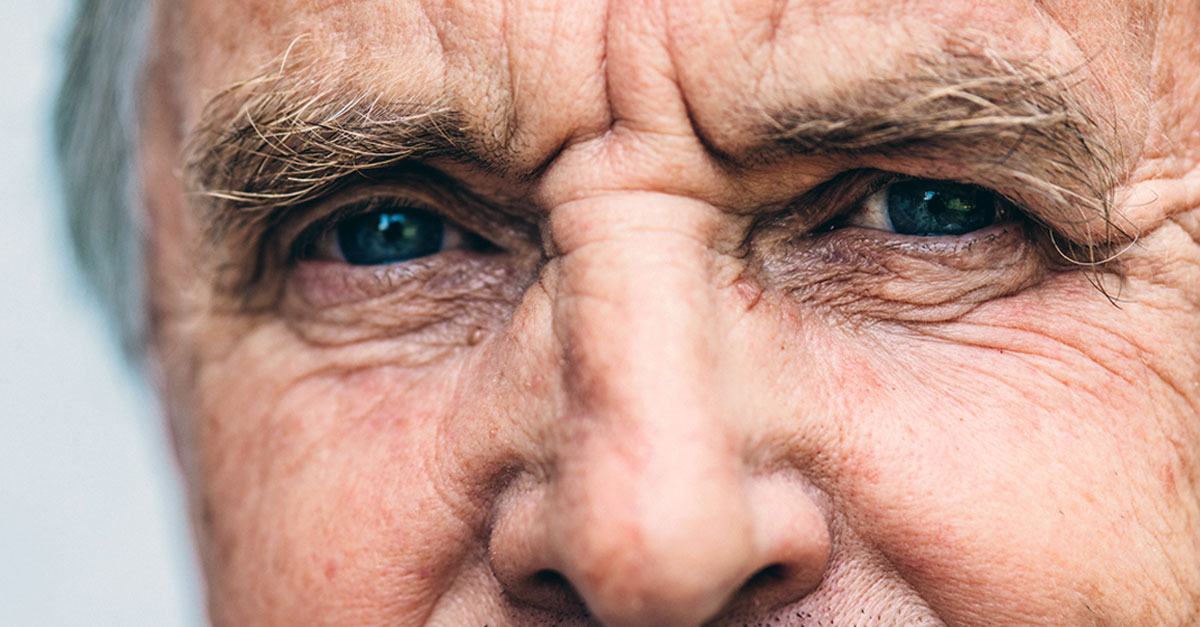When a loved one has Alzheimer’s disease or another form of dementia, you expect changes in memory and thinking.
But did you know that the brain changes that accompany dementia, combined with aging, can literally change how people see the world?
Four vision changes seen in people with Alzheimer’s and other forms of dementia—and how to help them…
• Poor depth perception. People with dementia can lose the ability to perceive dimension and see the world in all its 3-D glory.That can affect their ability to judge distances. They might not perceive, for example, that a fan spinning six feet above their heads is too far away to turn off by hand.
Or a picture of an apple may be mistaken for a real one. That can lead to behaviors that caregivers mistake for signs of hallucinations—such as reaching for that fan or trying to take a bite of that apple. It also can lead to accidents, especially with stairs or curbs.
How you can help: You don’t have to correct every misperception. In fact, you can build trust by going along with the harmless ones. Let your loved one enjoy the puppies on that YouTube video he/she keeps watching, even if he thinks they are in his yard. But eliminate or lessen hazards, like that ceramic apple he might bite or the bottom step he might miss. Helpful: Mark the edge of the top and bottom steps with bright tape. Avoid a dark throw rug on a light background—it can look like a hole or step down.
• A shrinking field of vision. As we age, everyone loses some ability to see things off to the side, over and under our point of focus. For many people with dementia, this loss of peripheral vision is accelerated and can be severe. In fact, someone with dementia can have a field of vision that is only 12 to 18 inches across, as it takes all the person’s ability to take in that amount of visual data and try to figure it out.
How you can help: When approaching a person with dementia, do so from the front—and, if possible, catch his gaze. Put important things, such as food and drinks, right in front of your loved one. Offer guidance in situations where a person with dementia might not see what’s obvious to you, such as a handrail on the stairs.
• Poor color and contrast perception. A loss of ability to distinguish color and contrast can happen in the earlier stages of dementia, leaving someone unable to tell colored pills apart or respond quickly to traffic signals, especially at sunrise or sunset, when it is dimmer. People with dementia also can have trouble making out objects with inadequate color contrast—an all-white bathroom, for example, can be a nightmare to navigate.
How you can help: Put a colored seat on the white toilet. Make sure food items stand out from the plate—for example, mashed potatoes on a white plate will get lost. One study found that presenting food on a red plate resulted in greater intake for people living with dementia.
• Need for brighter light. To see well, people in their 60s need light three times brighter than what’s needed by those in their 20s. Someone dealing with vision challenges linked to dementia can have even greater trouble than a similarly aged healthy person in a dim environment.
How you can help: Provide bright light (over 100 watts, in general), but be careful to choose bulbs and fixtures that keep the lighting diffuse—no exposed bulbs or lights that will shine directly into eyes. Use “full-spectrum” bulbs that mimic sunlight. That will help people stay alert and on task.
Important: Vision changes are a primary and early symptom of some types of dementia. In one rare type, called posterior cortical atrophy, people may have little memory loss but serious difficulties with vision, including trouble identifying common objects such as the handle versus the blade of a knife. Vision changes and visual hallucinations also are common early-stage symptoms of a condition known as Lewy body dementia. For these reasons, you should always report changes in vision to your health-care providers.


